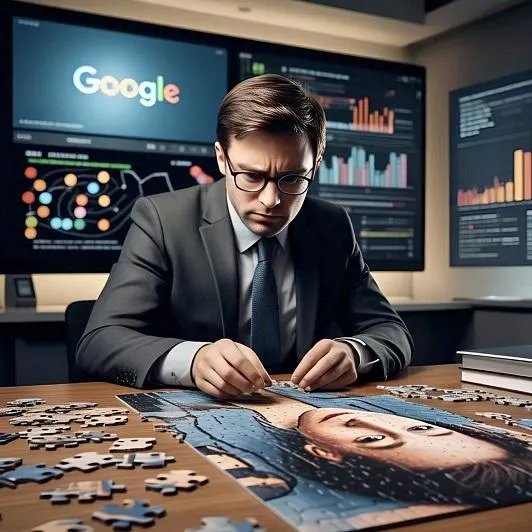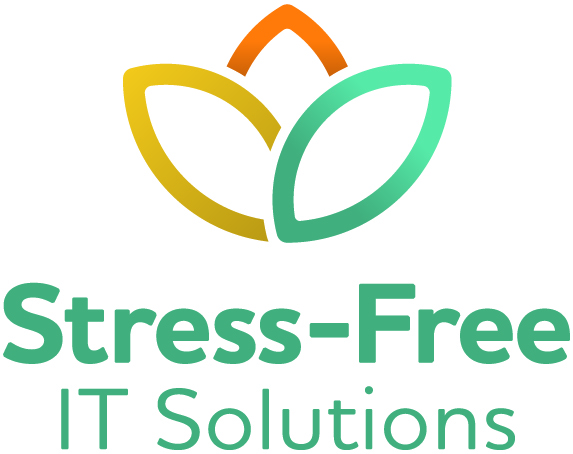
Jargon Buster: What Is Multi-Factor Authentication (MFA)
In a world where cyber threats grow savvier by the second, protecting your digital identity is no longer optional—it’s essential. That’s where multi-factor authentication, or MFA, steps in like a digital bouncer, making sure the right person (you) gets access while keeping intruders locked out.
What Is MFA?
At its core, MFA is a security process that requires users to provide two or more independent forms of verification before granting access to an account or system. It’s designed to make it significantly harder for attackers to break in—even if they’ve stolen your password.
Authentication factors typically fall into one of these categories:
Something you know.
A Password or PIN
A Security question (like your first pet’s name—though these are falling out of favour due to being easy to guess)
Something you have
SMS codes: A code sent via text message to your phone.
Email codes: Sent to your registered email address.
Authenticator apps: Time-based one-time passwords (TOTPs) generated by apps like Microsoft Authenticator or Google Authenticator.
Push notifications: A tap-to-approve message sent to your smartphone or smartwatch.
Hardware tokens: Physical devices like YubiKey or RSA SecurID.
Smart cards: Often used in enterprise environments with card readers.
Something you are:
Fingerprint scans
Facial recognition
Voice recognition
Retina or iris scans
A typical MFA setup might ask for your password (something you know) and then a code sent to your mobile phone (something you have).
Why Is MFA Important?
Passwords can be surprisingly easy to crack or steal through phishing, brute-force attacks, or good old-fashioned guesswork. MFA makes a hacker’s job exponentially harder by adding another lock on the door.
Even if someone gets hold of your password, they’ll still need a second factor—something they likely don’t have access to. That added layer drastically reduces the chances of unauthorized access.
Chances are, you’re already using MFA without realizing it. Here are a few common scenarios:
Logging into your bank account and receiving a text message code.
Accessing your email from a new device and getting a prompt on your phone.
Using Face ID in addition to a passcode on your phone.
Tips for Using MFA Effectively
Use an authenticator app (like Microsoft Authenticator or Google Authenticator) instead of SMS for better security.
Enable MFA on all critical accounts, especially email, banking, and social media.
Avoid repeating passwords across different services—MFA isn’t a free pass for poor password hygiene.
Final Thought
MFA isn’t a silver bullet, but it’s one of the simplest and most effective steps you can take to safeguard your online world. Think of it as locking both your front door and your safe—and maybe even installing a motion sensor while you’re at it.
